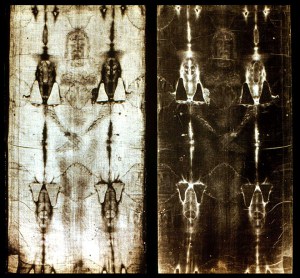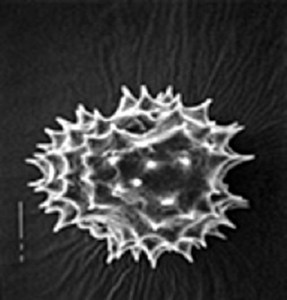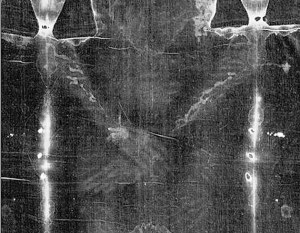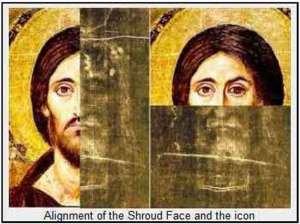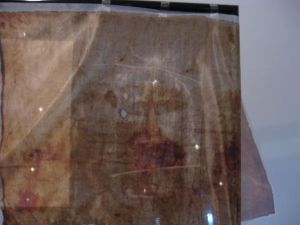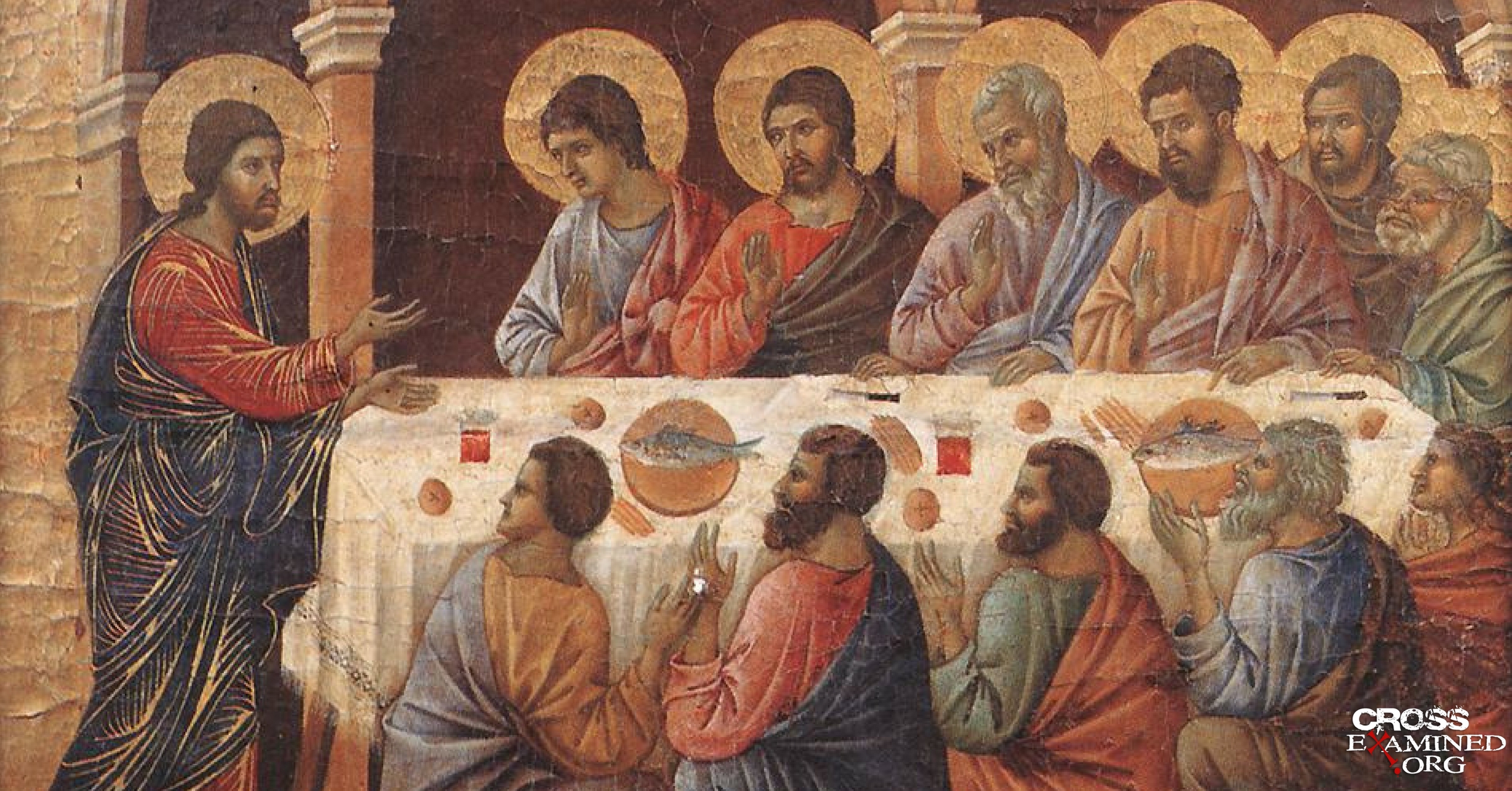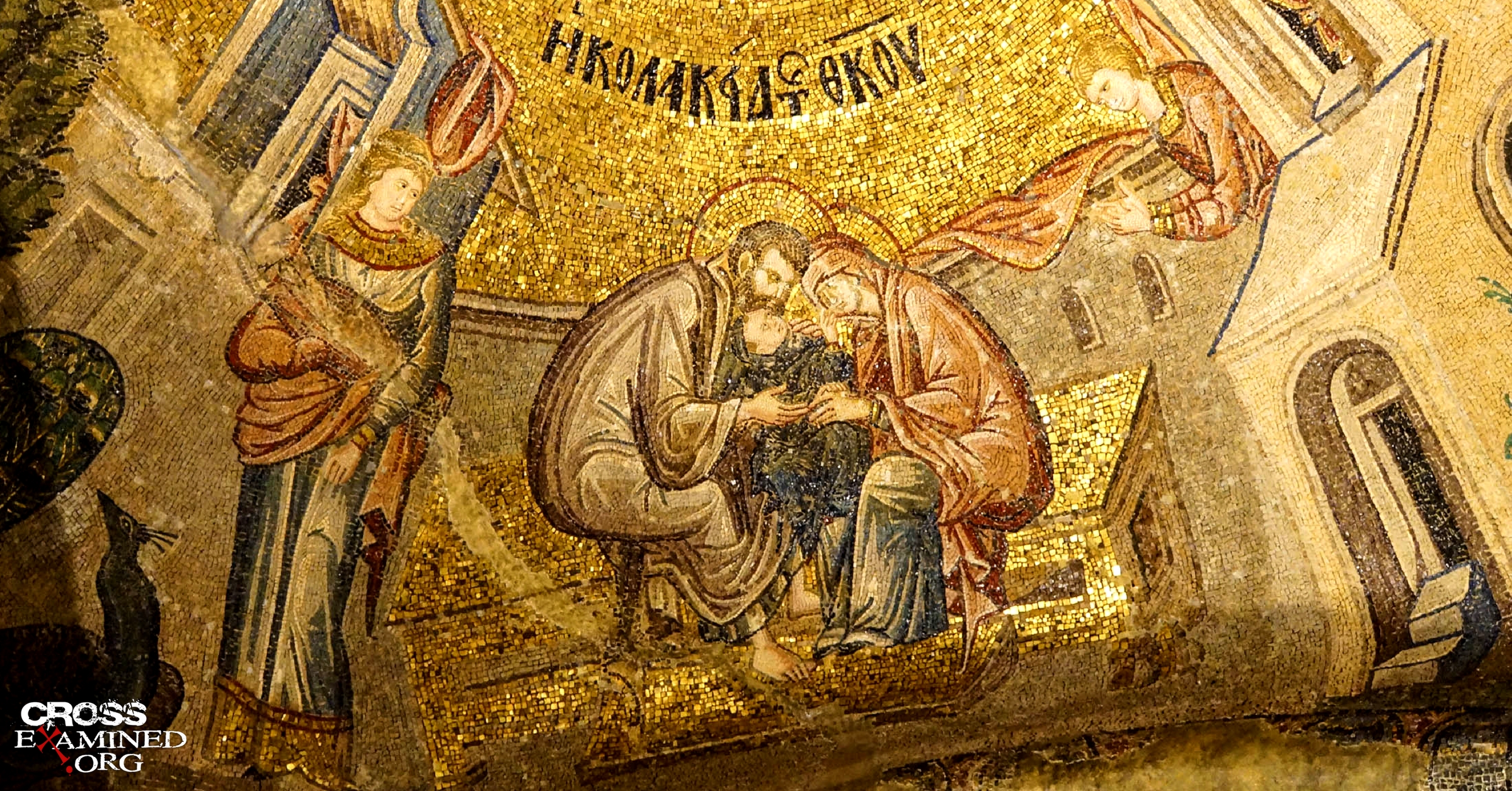Let’s be honest. We in the Christian world are inundated with bad news. We are bombarded with news about how the Millennial Generation is far more unbelieving than Generation X. In full disclosure, I was born at the end of what would make me a Gen-Xer. Nevertheless, pastors especially are concerned with lower numbers of people in their pews, statistics that show that giving is much lower than in times past, and denominational numbers that are dismal. I am identified as a Southern Baptist. I have heard reports that the SBC baptismal rates are the lowest they have been for quite some time.
Hearing these numbers cause great concern. As one who loves peace and security, I find myself asking some questions that are noble, like—”Will the next generation know about Christ? Will there be an evangelical presence in a future generation?”, And some questions that are admittedly more selfish, like—“Do I have job security as a pastor? Will I have enough time in ministry to retire? What will I do if I lose my position?”. Be honest. If you are in ministry, you have probably asked similar questions.
However, I have had a statement that the apostle Paul gave the Romans on my mind a lot here lately. Paul wrote, perhaps his magnum opus, to the church in Rome. Roman Christians were facing uncertain days as they were often met with persecution. In AD 49, Emperor Claudius had ordered all Jews to leave Rome. The Christian Jews were met with strife over their trust in Christ by fellow Jews. For the Christians left in Rome, they were Gentiles who were bombarded by various other competing worldviews. In the midst of this turmoil, Paul encourages them by saying, “Do not be conquered by evil, but conquer evil with good” (Rom. 12:21).[1] How can these words apply to our situation? First, let’s look at the reactions that people often have when met with opposition.
- Reactions to Negative Statistics.
As an observer of people, I have noticed three negative reactions and one positive to the problems facing the church. We’ll call the three negative reactions the denying mule, the withdrawn ostrich, and the whipped pup, while the positive reaction is noted as the conquering lion.
The Denying Mule. A mule can be a stubborn animal. If it is content to not do something, it is difficult, if not downright impossible, to get the animal to that thing. In like manner, some Christians will hear the negative statistics that are given and will deny that things are as bad as the statistics portray. Why? It is because the person is content to keep things as they are and is unwilling to change ministerial practices regardless of what may come. This is an unhealthy practice.
The Withdrawn Ostrich. Ostriches are classically portrayed as sticking their heads in the sand when concerned. I have been told that ostriches do not actually do such a thing. However, for our analogy, we will use the famous scene. For some Christians, they are overly concerned with the bleak news, but they are unwilling are perhaps too afraid to meet the challenges that lie ahead. Therefore, instead of facing the challenges, they withdraw themselves to people like themselves and ignore the outside world. Again, this is an unhealthy practice for the evangelical Christian.
The Whipped Pup. The third practice is that of a whipped pup. This is likened to an unfortunate puppy who has been met with horrid treatment by even worse people. We have taken in pets before that attach themselves to us, because we treat them well, but are afraid of anyone or anything else. Some Christians are like this whipped pup. They feel defeated and think that there is no hope. They feel anxious and concerned, but do not know how to improve the situation at hand. This too is an unhealthy practice.
The Conquering Lion. The healthy response is likened to a conquering lion. This animal has confidence and faces any circumstance with the attitude and trust that he can make a difference and can see positive things take place. The conquering lion is the attitude the modern Christian needs to have. It may surprise you to know that even the United States has met times where Christianity wasn’t as strong as it was at other times. God would raise up individuals to bring change. Examples include John Wesley, George Whitefield, D. L. Moody, and more recently Billy Graham.
2. Ways to Overcome Negative Statistics.
So, how do we overcome the statistics? Rather than placing an unhealthy focus on the statistics, I suggest that we take four attitudes moving forward.
Power of Prayer. First, we need to remember that there is great power in prayer. Do you think that the power of prayer has ceased? Has God changed? Remember, God does not change, he is the same God that he has always been (Heb. 13:8; Rom. 11:29; and Num. 23:19). God hears our prayers (1 Jn. 5:14). So, if God has not changed and he still hears our prayers, why are we not praying more, asking that God does something great in our lives and in the church to change the direction that we’re going?
Gospel Focus. We cannot ignore the statistics. However, I do not think we should make statistics our primary focus. Our primary focus should be on Christ and on fulfilling his Great Commission. We cannot control what other people do. However, we can control where we place our focus. What if every Christian and every church took the gospel seriously and tried to share their faith by both their actions and words? Why we might see another Great Awakening sooner than we thought.
Divine Trust. Also, we must not be consumed by the negativity all around us. We must trust God in all things and understand that he does have a great plan for us and for all of history. It’s also in Romans that Paul notes that “all things work together for the good of those who love God, who are called according to his purpose” (Rom. 8:28). Trust in God and in his direction.
Genuine Love. Finally, we must not lose the focus we should all have on love. Do we really love the lost? That is a serious question we must ask ourselves. Jesus said, “By this everyone will know that you are my disciples if you love one another” (Jn. 13:35). Can people see Christ in us by the love we have? If not, we need to first have a revival within ourselves.
Conclusion
Statistics are important. They serve as a gauge to illustrate the spiritual condition of our time. However, we cannot be consumed by the negative statistics we read and hear. For us to have a revival, no amount of human tactics will do any good. Rather, to have a true revival, God must move. He must move within us as we are the hands and feet of Jesus. So, to borrow Paul’s statement in Romans 12:21: Don’t be overcome by statistics, but overcome statistics with the gospel of Jesus Christ!
Notes
[1] Unless otherwise noted, all quoted Scripture comes from the Christian Standard Bible (Nashville: Holman, 2017).
Brian G. Chilton is the founder of BellatorChristi.com and is the host of The Bellator Christi Podcast. He received his Master of Divinity in Theology from Liberty University (with high distinction); his Bachelor of Science in Religious Studies and Philosophy from Gardner-Webb University (with honors); and received certification in Christian Apologetics from Biola University. Brian is currently in the Ph.D. program in Theology and Apologetics at Liberty University. Brian has been in the ministry for over 15 years and serves as the pastor of Huntsville Baptist Church in Yadkinville, North Carolina.
Original Blog Source: http://bit.ly/2tirl5l



